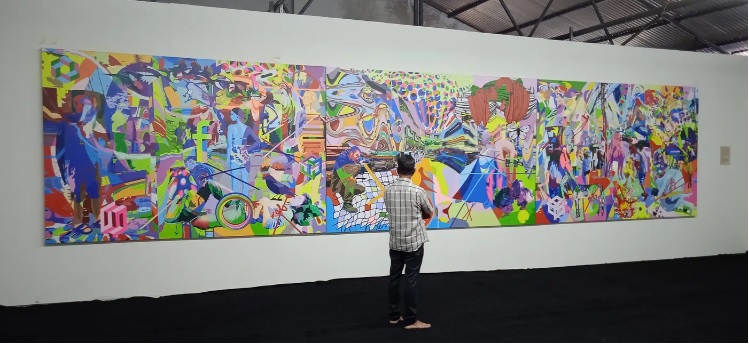Krispin Joseph PX
What is Curation? Is there any definition for Curation? Every event is curated by someone who is an artist or an expert, called a curator. Curation considers an art practice, curating things, spaces, narratives, works of art, experience, music, performances and anything under a thematic idea with an aesthetical- political- historical perspective. Contemporary society experienced various curated shows and exhibitions in different magnitudes simultaneously.
The concept of Curation is closely linked and discussed with the art world, and thematic necessities ambiguously tailor contemporary art practice. Museums and Biennales, other art and theatre, performance, and music-film festivals have a curator in the title. That word goes beyond the dictionary definition and determines a terrain that does not belong to any discipline in particular but is diverse. Anything can be Curated for the time being, and any subject has the potential to be Curated.
The curator cares for the collections, but curators have a double meaning in the art world and museums, write Campbell and Baars (2019). Curations are dubbed a thematic concept under the umbrella of Curation associated with artistic practice and theoretical discourse in the contemporary art and cultural scene. The exhibitions (of art or other tangible objects) convert space into a laboratory of ideas, knowledge and cultural forms articulated and distributed (Buckley and Conomos: 2020). A curator is a safeguard for the objects in museums, but in the art show, the curator is a theoretical articulator, presenting ideas and themes through artworks. More clearly, the objects or the artworks transmit ideas of critical information that subtly encodes with the exhibition as a whole (Buckley and Conomos: 2020).
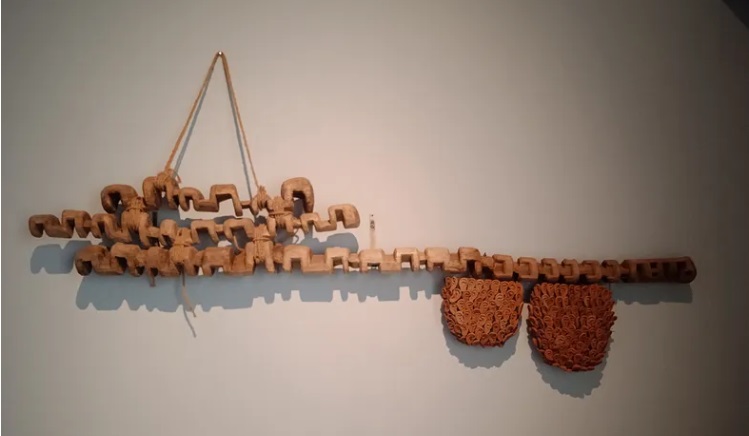
Curation is a cultural activity, more than redefined process of presenting something in a particular way and style according to themes. Conveying an idea through given artworks is the primary concern of the curator. Nevertheless, sharing ideas is open and imprecise; the audience decides on the premise and subject over the curated things. The audience receives what the curator presents in space as an idea, theme, or representation of something that is not readily available to the masses at first glimpse. The audience ought to invent what is going on underneath in-depth, narrating in an abstract form. The audience does not comprehend the thematic idea from the textual narration of the Curatorial note, but the artwork or what displays under that theme.
Curating curiosity
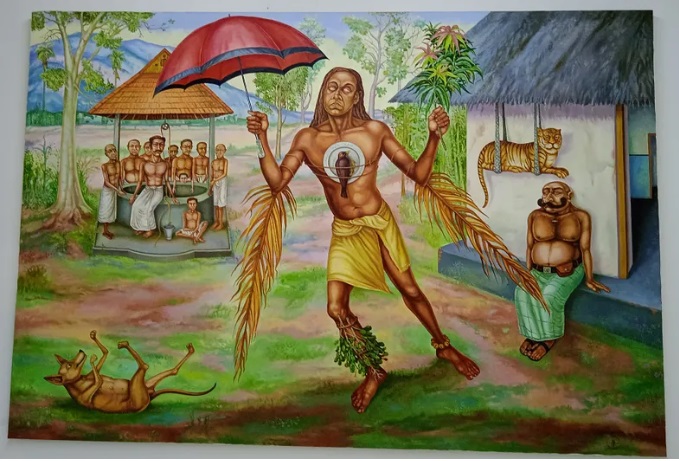
Any curation created from a curiosity like that Aristotle stated about Philosophy, which begins with wonder. Curiosity is another part of the wonder, which mainly has some collective memory of the land and time. The Curation starts from amazement as philosophical journeys through ideas, hypotheses and questions. Curation is an intelligent engagement tailored to many things in the identical string to make a symphonic orchestra together a harmony of chaos.
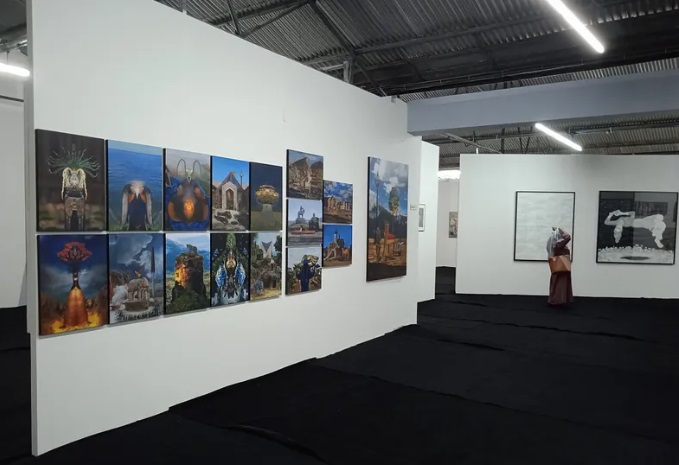
Renowned contemporary art curator Okwui Enwezor asks about curators from an anthropological perspective. Travels of a curator is a hunt for his modern art, searching for artistic forms and signs through their various embodiments in objects, systems, structures, images and concepts (Sansi, 2020, p. 2). Then Enwezor claims the significance of Curation and ethnography in difference and similarity, curatorial fieldwork and ethnographical exploration turning with the wind that flows from the land to terrain and cityscapes.
A curator is a mediator, simultaneously producing and showing art and representing ideas through visual texts (Sansi, 2020, p. 3) and engaging with the public and communities for creating events.
Lokame Tharavadu, a curatorial laboratory
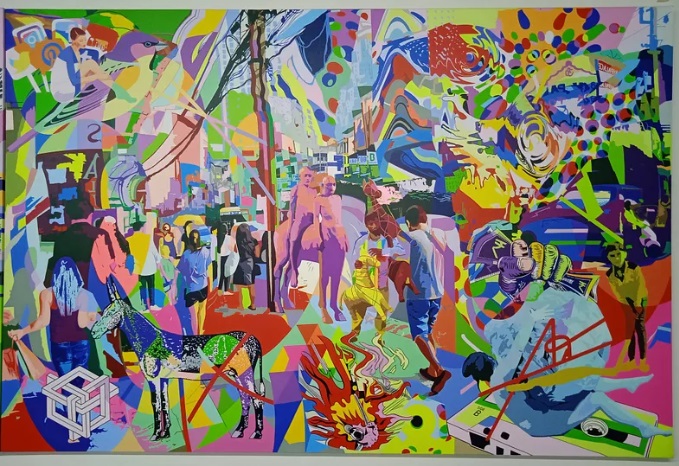
Lokame Tharavadu, a curatorial show of artworks of 267 Kerala (southern part of India) artists, exhibited in Alappuzha in the middle of the pandemic, curated by artist and curator Bose Krishnamachari, co-founder of the Kochi Biennale Foundation. ‘Lokame Tharavadu’ (a phrase coined by great Malayalam poet Vallathol Narayan Menon, which translates to ‘The world is one family’) showcases more than 3000 artworks that encapsulate Kerala culture and history in multiple venues of renovated abandoned Godown spaces.
The show decoded and redefined Kerala socio- political history from a different point of view. The curator selected artists from the Malayali artist community engaging with art practice and living inside and outside the territorial-geographical landscape.
What can we read, understand or analyze from a curatorial show like Lokame Tharavadu, a spectacle of cultural practices? The determination of the exhibition is, as Adam Geczy write, “its origin and development have much to tell us about people, society, statecraft, knowledge, imagination, and much more besides” (Buckley and Conomos: 2020, 23), contemporary history and incarnation of the motherland through artworks? What kind of wisdom and creativity that embodied in this exhibition? The offspring of creative intelligence is a combination of objective narration that brings together a vast land and its distinctive practices related to diverse materials.
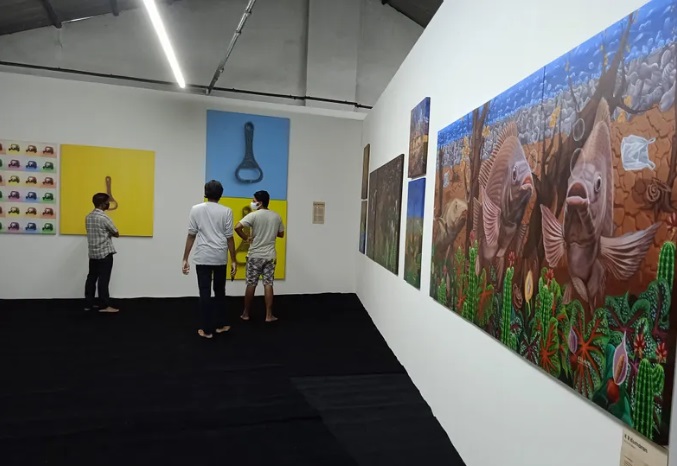
There are few artists in this show, but this is not the end of the road of creativity and expression. The vast number of the artistical presentations are outside this exhibition; young, subaltern, feminine expressions. However, it includes a powerful socio-political-cultural manifestation encapsulating the landscape’s wild dreams and fantasies of the extended time to contemporary social life. The “expressive elements” of the “comprehensive worldview” are outstanding in the show, and the inclusion of “aesthetic resources” is astonishing (Buckley and Conomos: 2020, 24) of a historical exhibition that imprints aesthetical significances.
The land of Kerala lies between the Arabian Sea and the sacred valley of the Western Ghats, rerouting the trade and being well connected to the Western world, exploring the world in a certain way and fashion.
Colonialism, English education, and Persian-Arabian connections are three significant elements that restructured the “Malayali” identity during the colossal five hundred years. Caste oppression and the revolt against the pressure, social reformations and Communist party movements coined Kerala history as numerous monuments of anecdotes, threads, and visual practices. These features are visually expressed in various forms of artwork in the Lokame Tharavadu show.
Experimenting the art projects is the result and the expression of social engagement, both material and human, in a specific time and space. The Lokame Tharavadu displays itself as the detailing of the topography and the inhabitant’s interconnectivity between nature, humans and the eternal world.
The exhibition displayed space actively used in the trade time between the Western world in the colonial period, mainly as a Godown space for spices and other materials. The Godown spaces restore as exhibition venues, directly connected with the southern hemisphere’s colonial past and trade route. When the artworks are displayed in that space, that space also reveals a new perspective of seeing and experiencing to the audience. Display itself as a subject, space also a subject, that fuels the visuality of work of art and what is curated.
Alappuzha, famous as a Venice of the east, is a cityscape between the Arabian Sea and a rich backwater enriched with tourism possibilities. Lokame Tharavadu uses these possibilities to endorse and exhibit artistic practice in an attractive tourist space.
Alex Gawronski writes about the artist as curator, that modernity’s most iconic influential exhibitions: “the individual and collective curatorial activities of artists paved the way for the emphatic role professional curators would play much later” (Buckley and Conomos: 2020, 231). The curator is more than a mediator in exhibiting something; but showcases the culture of a period and articulates the artistical reign. For artists, Curation is a medium of displaying works of art to “propel their formal, conceptual, and political concerns into a wider public arena,” Gawronski writes. Individual and collective ideas are present in the audience interactions on this broader spectrum.
Artwork and society
Work of art is always an individual practice. However, consider them as a cultural product of the time. The ambiguity is the primary element that transformed these personal and artistic approaches. The point is individual is a cultural product of time and space, and the creation of the individual was considered a cultural product or the reflection of that time and space. Artwork is the reflection of a diverse memory of the complex narrative of society. The position of the artists is a medium, an electrifying spear of anticipation that belongs to an unknown source and comes back to the audience.
The artist is an essence, producing the artwork and meaning in the exhibition. A curator is a kind of ‘facilitator’ or ‘supplicant’, ‘a dervish who circles the artworks’ (Jeffery, 2015, p. 8): an individual unit of expressions collectively exhibited and displayed. In ‘Lokame Tharavadu’, anyone can read the socio-cultural politics from a critical point of view that narrates the micro and macro voices of human interactions and interrelations. The geographical entity of the terrain cultivated itself is exhibited and articulated through art objects; the human body behind this ‘artwork’ is merely momentary. Human intellectual-creative history has a strong flow through generation and generation. The social order and the hierarchy are visually explicable in the order of the exhibition; who got prominence, and who was in the corner?
Reference
- Buckley, Brad., Conomos, John., eds. A Companion to Curation. New Jersey: Willey Blackwell, 2020.
- Campbell, Bruce A., Baars, Christian., eds. The Curation Aan Care of Museum Collections. London: Routledge, 2019.
- Sansi, Roger. The Anthropologist as Curator. London: Bloomsbury Academic, 2020.
- Jeffery, Celina. The Artist as Curator. Bristol: Intellect, 2015.
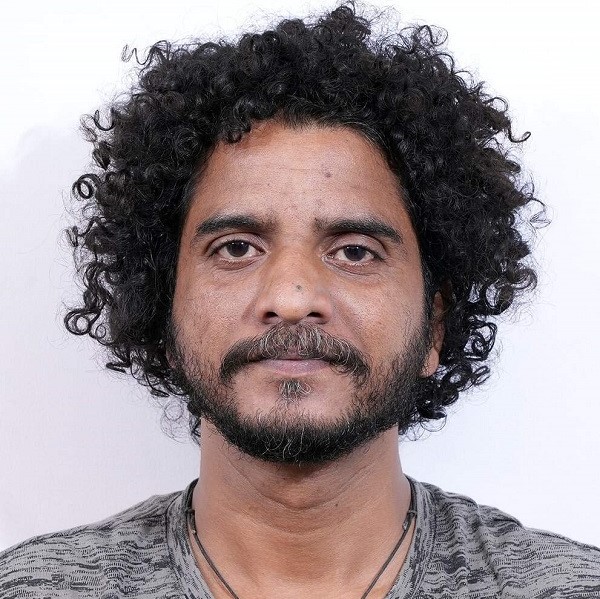
Krispin Joseph PX, a poet and journalist, completed an MFA in art history and visual studies at the University of Hyderabad.

